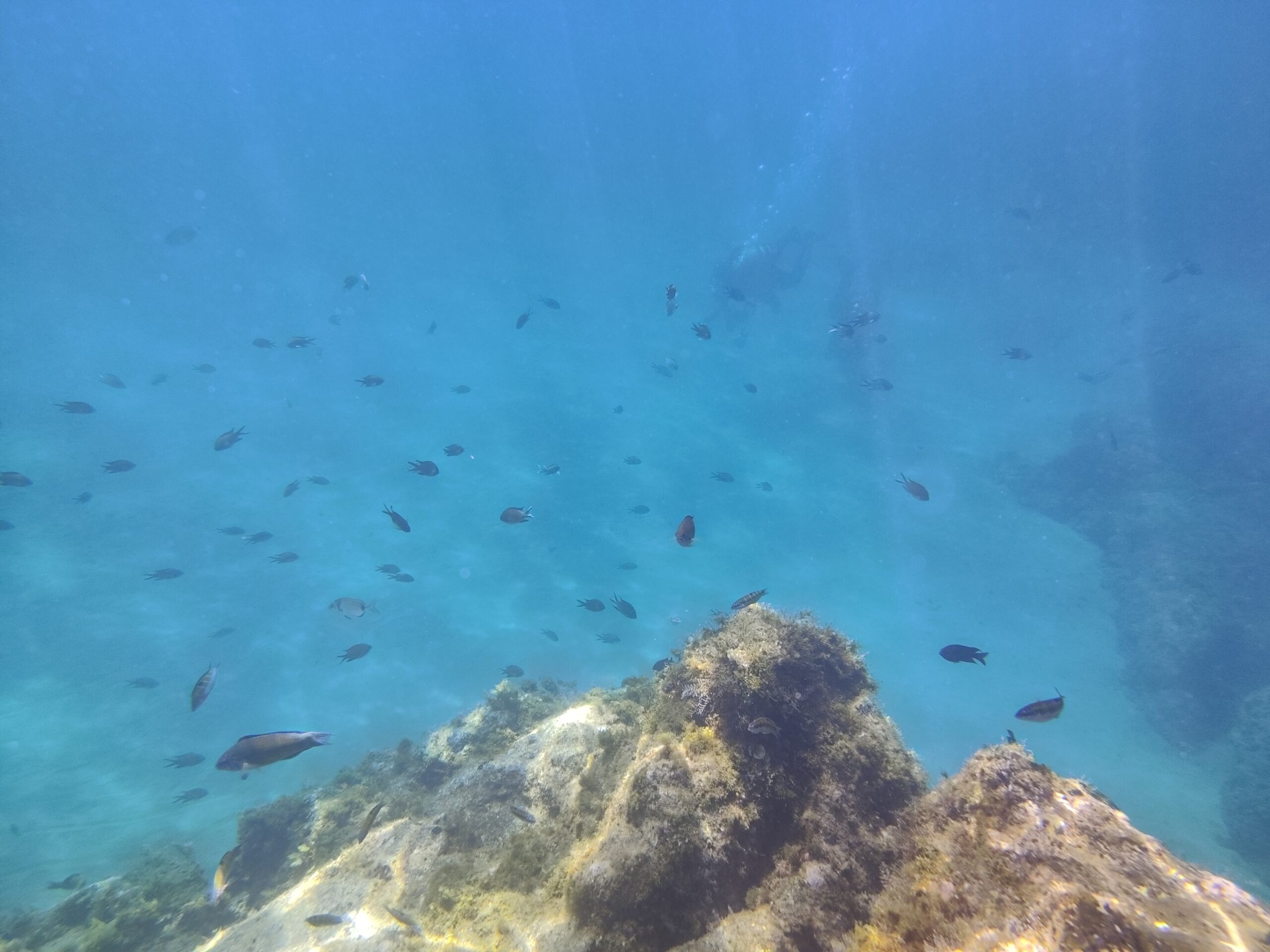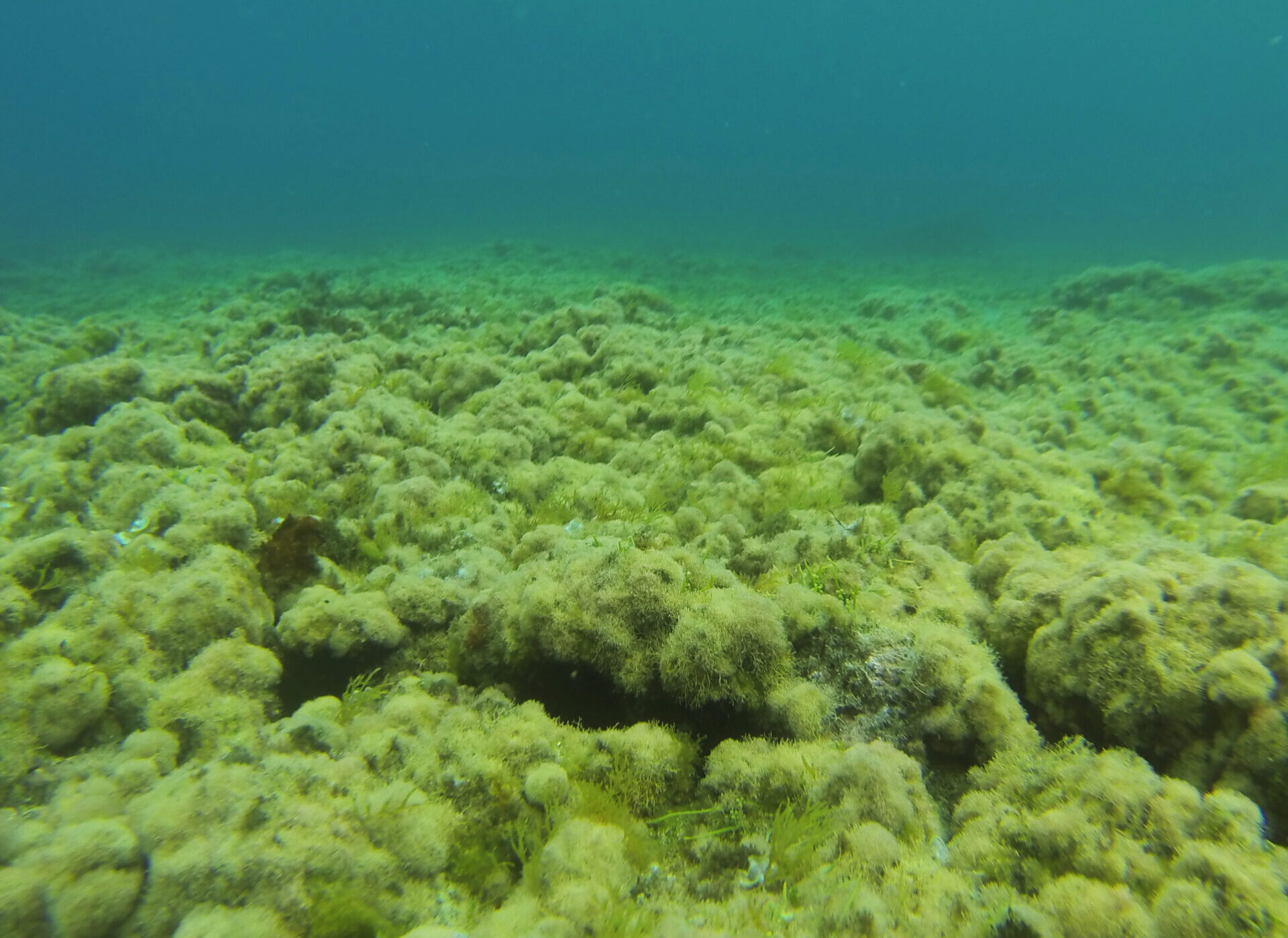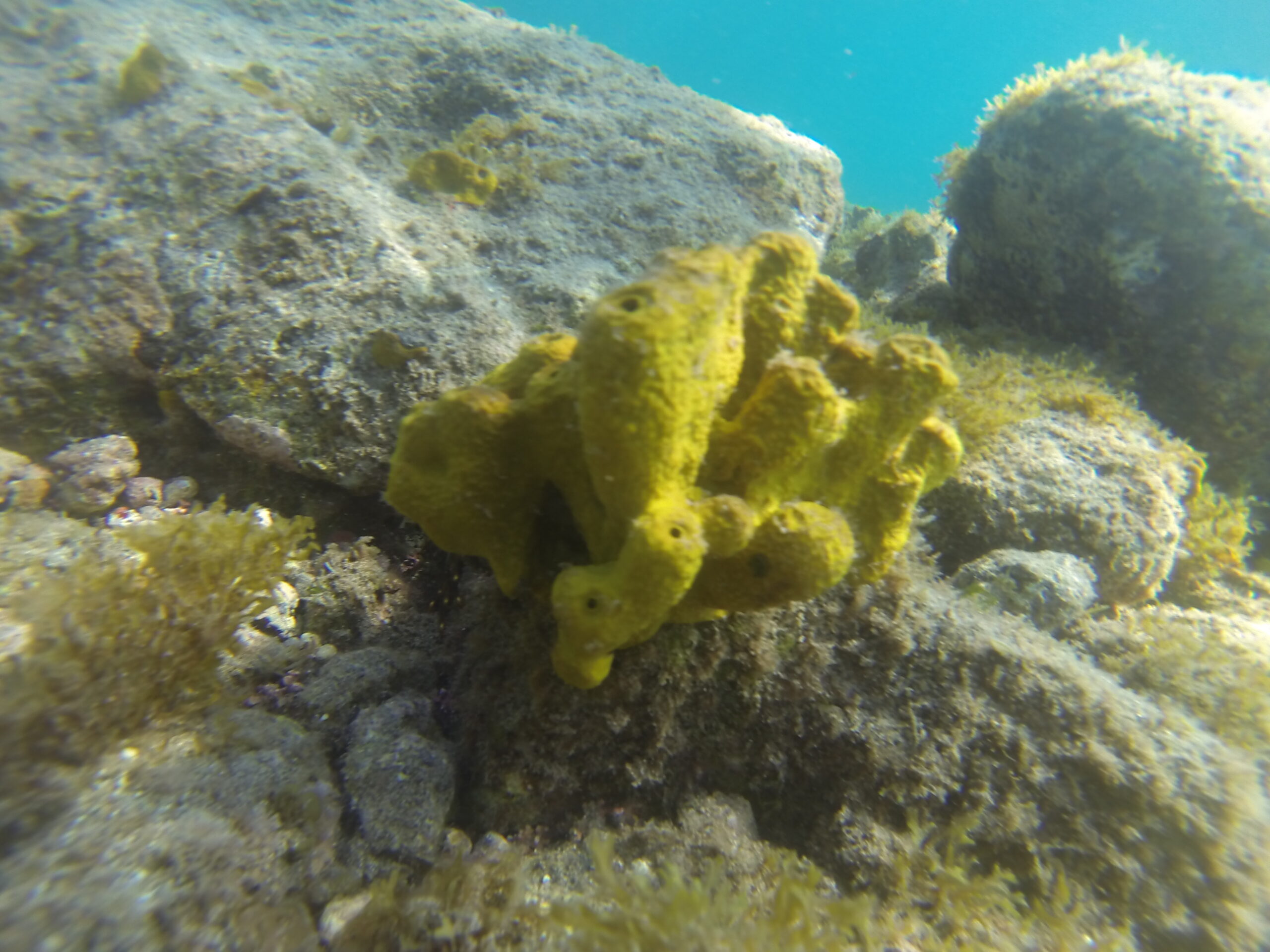Reproduction of the existing local coral species and help them to build stable colonies in the natural habitats.
– Create suitable environment and settle new colonies.
– Establish conditions for sustainable ecosystems prepared for the upcoming global warming conditions.
– Taking actions to protect corals’ natural habitats from further anthropogenic damage.
– Exchange species with other geo regions would helps to ensure the greatest chance of genetic diversity, which is critical for corals to adapt to new climates.
– To eliminate destruction of corals in their indigenous regions, projects have been started to grow corals in non-tropical countries. Initiatives play a crucial role in protecting these fragile ecosystems.
Restoring coral reefs is a challenging task, but it’s a critical for the health of our oceans and the planet as a whole. These efforts not only preserve biodiversity but also contribute to the well-being of communities that depend on healthy coral reefs for their livelihoods.
restoration solutions

Project Monitoring
Build system for monitoring and records of main qualities of the coastal water: - Sea surface temperature - Level - PH Creating a system for monitoring and recording the main qualities of coastal water is a valuable project that can have important environmental and scientific applications.

Coral Propagation
Scientists and conservationists are developing techniques to propagate corals more rapidly, such as coral fragmentation and microfragmentation. These methods help corals grow faster and enhance their resilience.

Reducing Local Stressors
To complement restoration efforts, it's essential to address local stressors like overfishing and pollution that can harm coral reefs. Marine protected areas and sustainable fishing practices can help.

Coral Nurseries
Many restoration projects use coral nurseries to grow healthy corals that can later be transplanted onto damaged reefs. These nurseries can be located in the ocean or on land, depending on the project's goals and conditions.

Project Sponge Bob
Establish sponge plantations for reproduction and cultivation. Planting sponges in the coastal areas aiming to help the natural filtration of seaside water. "Sponges reproduce both asexually and sexually. Most species that use sexual reproduction release sperm cells into the water to fertilize ova that in some species are released and in others are retained by the "mother"."

Noah's Arc
Coral species exchange with similar organizations from other geographic regions.